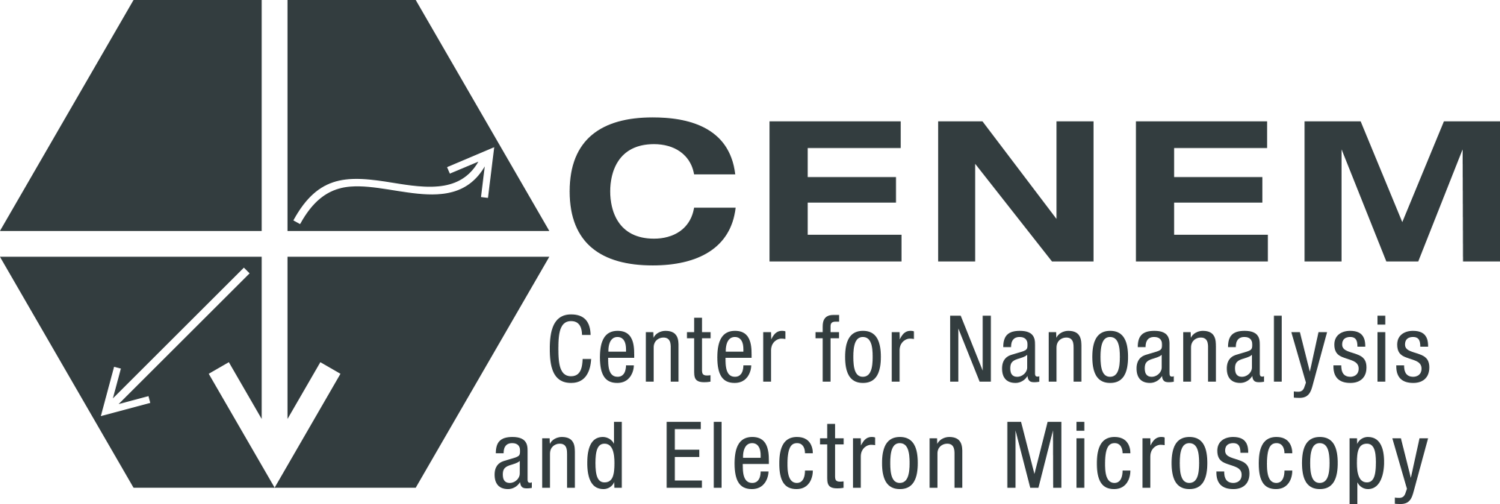Collaborative research effort unveiling the microscopic details of the L12-D019 phase transformation in Co-base superalloys
IMN/CENEM is proud to announce the publication of a collaborative study entitled “Microscopic mechanism of the L1₂–D0₁₉ phase transformation in a Co-base single crystal superalloy” in Acta Materialia! This study offers novel insights into the atomic-level processes governing an often-observed phase transformation in cobalt-based single crystal superalloys, materials that are tailored for high-temperature applications in aerospace and power generation. The full paper is accessible at: https://doi.org/10.1016/j.actamat.2024.120416
This study originated in a collaborative research effort with contributions from several institutes of the SFB/TR 103 “From atoms to turbine blades – a scientific basis for a new generation of single crystal superalloys”, including expertise from our neighbors at WW1/CENEM here in Erlangen as well as colleagues in Bochum and Düsseldorf.
In cobalt-base superalloys, the metastable L12-γ′ phase is often found to transform into thermodynamically stable phases such as B2 and D019-χ, leading to a degradation of the alloy’s high-temperature properties. By annealing specially prepared specimens to induce the formation of the χ phase in a controlled way, we were able to unveil the microscopic details of the shear-based γ′-to-χ phase transformation, which happens right at the tip of the plate-shaped precipitates. We investigated these regions by atomic-resolution scanning transmission electron microscopy using a method recently published by IMN/CENEM. In this way, we found that the phase transformation is structurally very similar to the well-studied fcc-to-hcp transformation, but with added complexity due to the superstructure of both the γ′ and χ phase. This phase transformation also has a significant compositional aspect as a large amount of W is enriched in χ, further destabilizing γ′ and deteriorating the γ/γ′ microstructure responsible for the excellent high-temperature properties of this class of alloys.
Besides valuable insights on this specific phase transformation in Co-base superalloys, the methodical approach used in this study may prove useful in revealing the details behind other shear-based phase transformations in the future.
Congratulations to Nico and all the collaboration partners for the great work!

